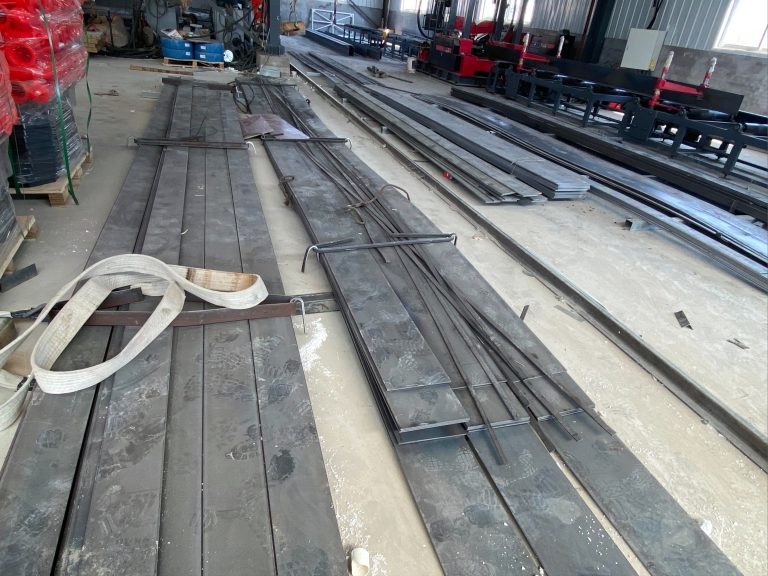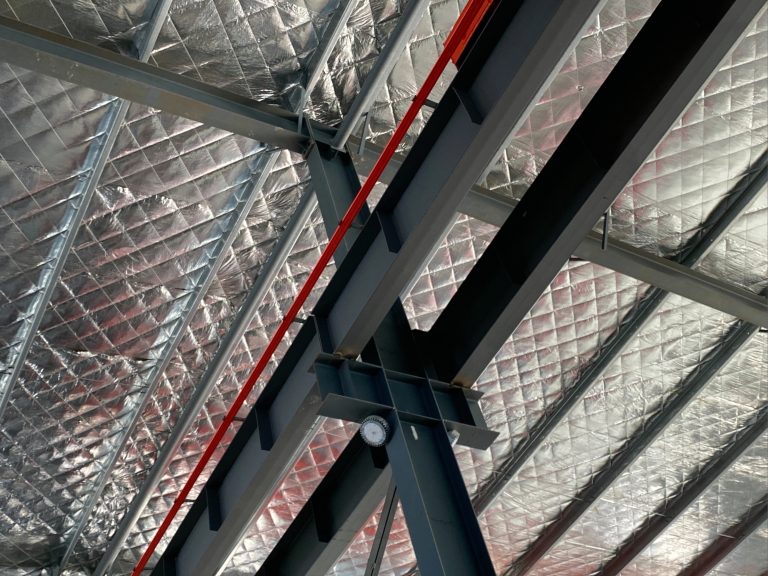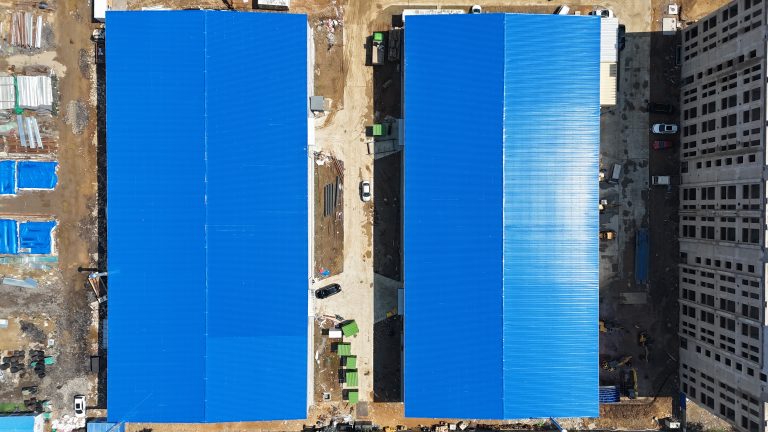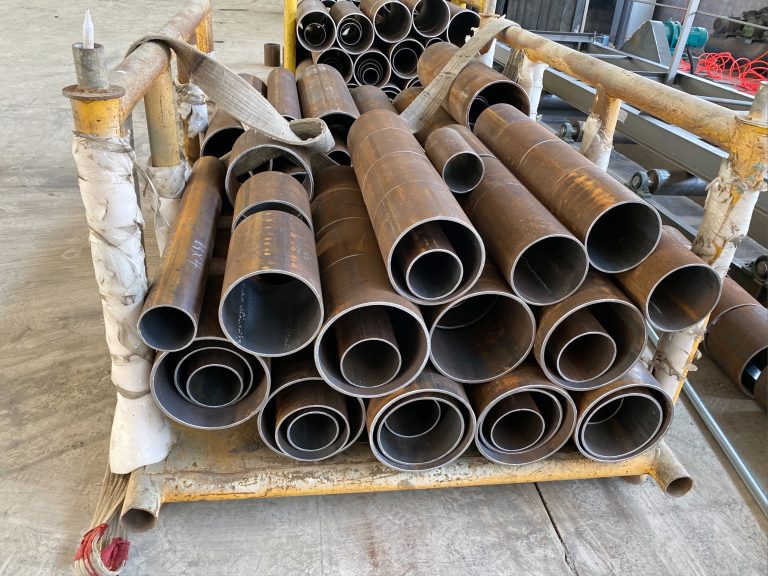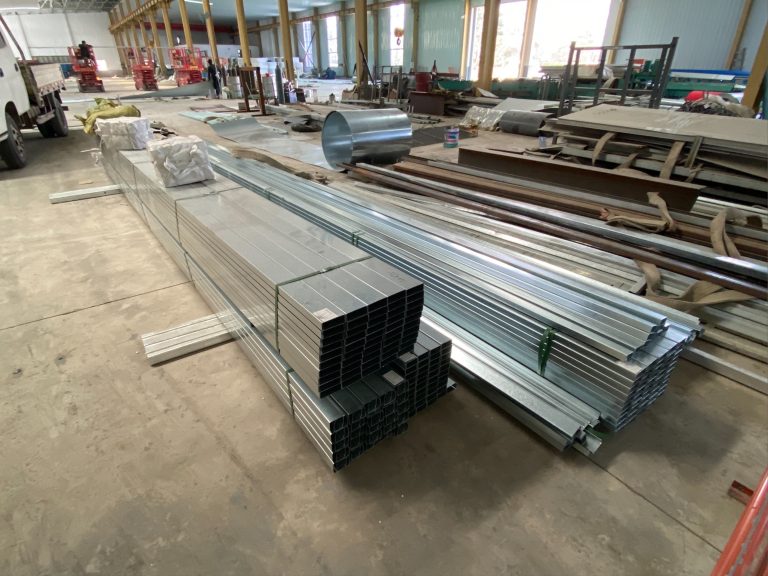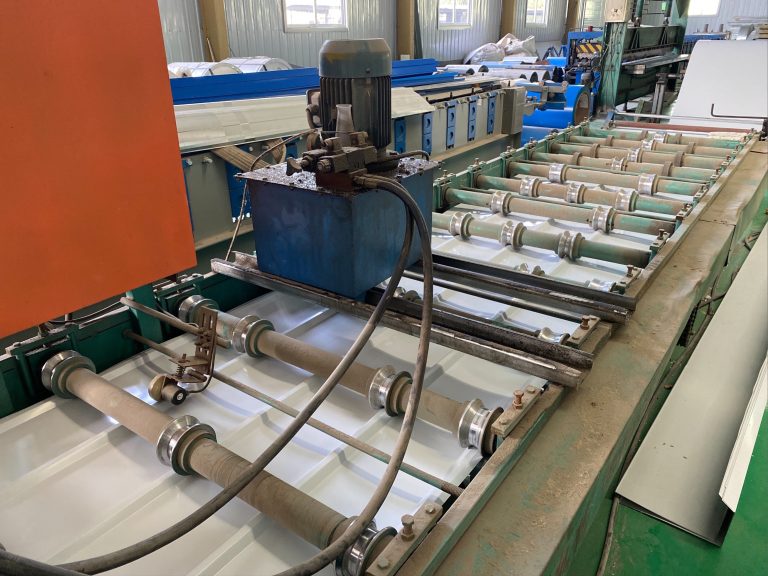Analysis of global competition pattern of steel structure industry.
Inhoudsopgave
Impact of Trade Policies on Global Steel Structure Industry Competition
The global steel structure industry is a highly competitive market that is influenced by various factors, including trade policies. Trade policies play a significant role in shaping the competitive landscape of the industry, as they can impact the flow of goods and services across borders. In this article, we will analyze the impact of trade policies on the global competition pattern of the steel structure industry.
One of the key ways in which trade policies affect the steel structure industry is through tariffs and trade barriers. Tariffs are taxes imposed on imported goods, which can make them more expensive for consumers. Trade barriers, such as quotas and restrictions, can also limit the amount of steel structure products that can be imported into a country. These measures can have a significant impact on the competitiveness of steel structure companies, as they may face higher costs or restrictions on their ability to access certain markets.
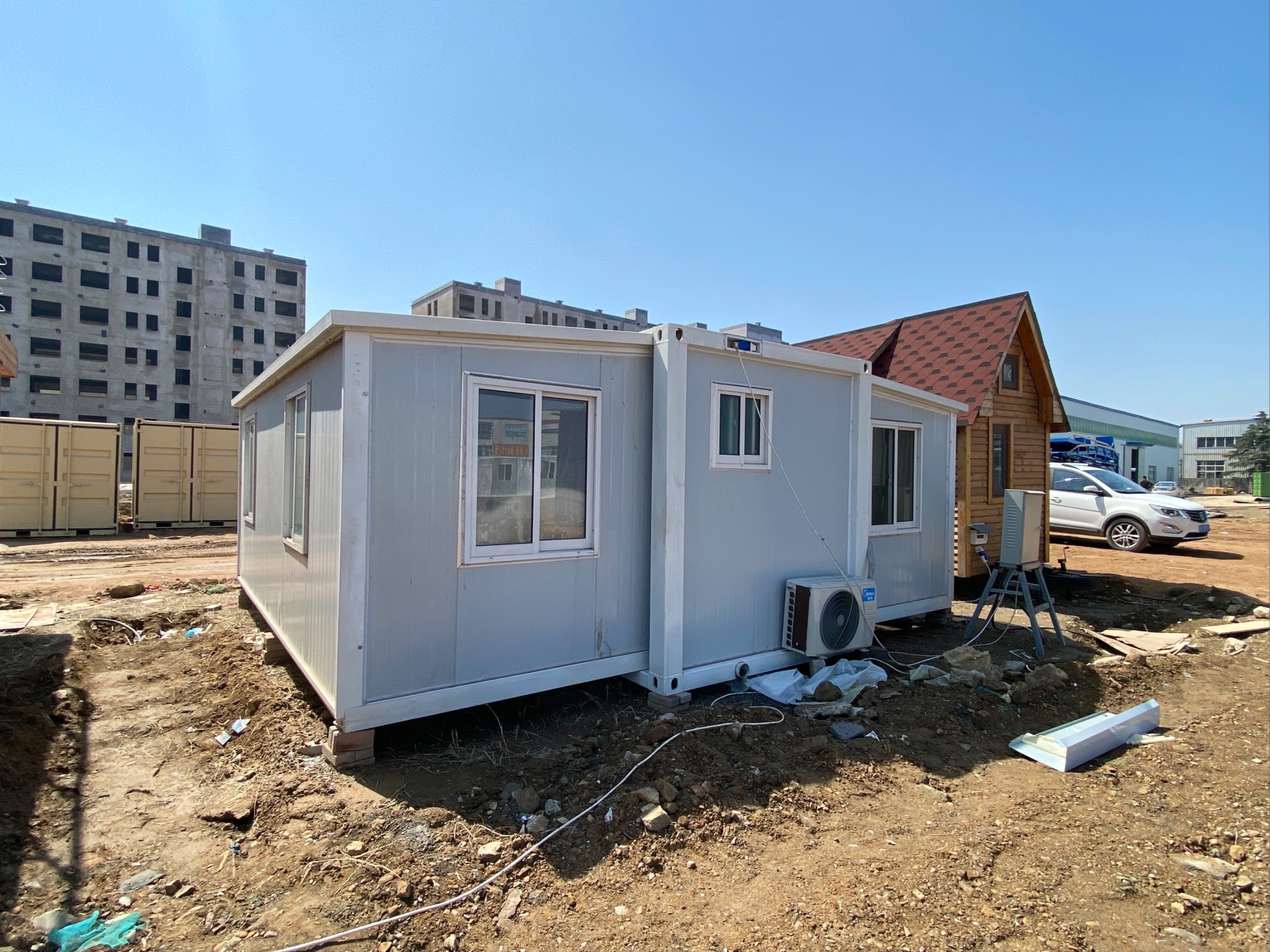
In recent years, there has been a rise in protectionist trade policies, with many countries imposing tariffs and trade barriers on steel structure products. This has led to increased competition among steel structure companies, as they seek to navigate these new challenges and find ways to remain competitive in the global market. Companies may need to adjust their pricing strategies, explore new markets, or invest in research and development to stay ahead of the competition.
Another way in which trade policies impact the global competition pattern of the steel structure industry is through trade agreements. Trade agreements, such as free trade agreements or regional trade pacts, can create opportunities for steel structure companies to access new markets and expand their customer base. These agreements can also help to reduce trade barriers and streamline the flow of goods and services, making it easier for companies to compete on a global scale.
However, trade agreements can also present challenges for steel structure companies, as they may face increased competition from foreign competitors. Companies may need to invest in new technologies or processes to remain competitive, or they may need to explore new markets to offset any losses in their traditional markets. Overall, trade agreements can have a significant impact on the competitive landscape of the steel structure industry, as companies must adapt to new market conditions and find ways to differentiate themselves from their competitors.
In conclusion, trade policies play a crucial role in shaping the global competition pattern of the steel structure industry. Tariffs, trade barriers, and trade agreements all have a significant impact on the competitiveness of steel structure companies, as they navigate new challenges and opportunities in the global market. Companies must be proactive in responding to these changes, by adjusting their strategies, exploring new markets, and investing in innovation. By staying ahead of the competition and adapting to new market conditions, steel structure companies can thrive in the competitive global market.
Strategies for Steel Structure Companies to Stay Competitive in Global Market
The steel structure industry is a highly competitive sector that plays a crucial role in the global economy. With the increasing demand for steel structures in various sectors such as construction, automotive, and manufacturing, companies in this industry are constantly striving to stay competitive in the global market. In order to succeed in this competitive landscape, it is essential for steel structure companies to analyze the global competition pattern and develop effective strategies to maintain their competitive edge.
One of the key factors that influence the global competition pattern of the steel structure industry is the level of technological advancement. Companies that invest in cutting-edge technology and innovation are able to produce high-quality steel structures more efficiently and cost-effectively, giving them a competitive advantage in the market. In addition, companies that focus on research and development to improve their products and processes are better positioned to meet the evolving needs of customers and stay ahead of the competition.
Another important factor that shapes the global competition pattern of the steel structure industry is the level of market saturation. In regions where the market is saturated with numerous steel structure companies, competition is fierce and companies must differentiate themselves through factors such as product quality, pricing, and customer service. On the other hand, in regions where there are fewer competitors, companies have the opportunity to capture a larger market share and establish themselves as industry leaders.
Furthermore, the global competition pattern of the steel structure industry is also influenced by factors such as government regulations, trade policies, and economic conditions. Companies that are able to adapt to changing regulatory environments and market conditions are better equipped to navigate challenges and seize opportunities in the global market. Additionally, companies that have a strong understanding of international trade policies and market trends are able to expand their reach and compete effectively on a global scale.
In order to stay competitive in the global market, steel structure companies must develop strategic initiatives that align with the global competition pattern. One effective strategy is to focus on product differentiation by offering unique and innovative steel structures that meet the specific needs of customers. By developing a strong brand identity and reputation for quality, companies can attract and retain customers in a competitive market.
Another important strategy for steel structure companies to stay competitive in the global market is to invest in talent development and training. By hiring skilled professionals and providing ongoing training and development opportunities, companies can build a strong workforce that is capable of driving innovation and delivering exceptional results. Additionally, companies that foster a culture of continuous improvement and collaboration are able to adapt to changing market dynamics and stay ahead of the competition.
In conclusion, the global competition pattern of the steel structure industry is shaped by factors such as technological advancement, market saturation, government regulations, and economic conditions. In order to stay competitive in this dynamic industry, steel structure companies must analyze the global competition pattern and develop strategic initiatives that align with market trends and customer needs. By focusing on product differentiation, talent development, and continuous improvement, companies can position themselves for success in the global market and maintain their competitive edge.

